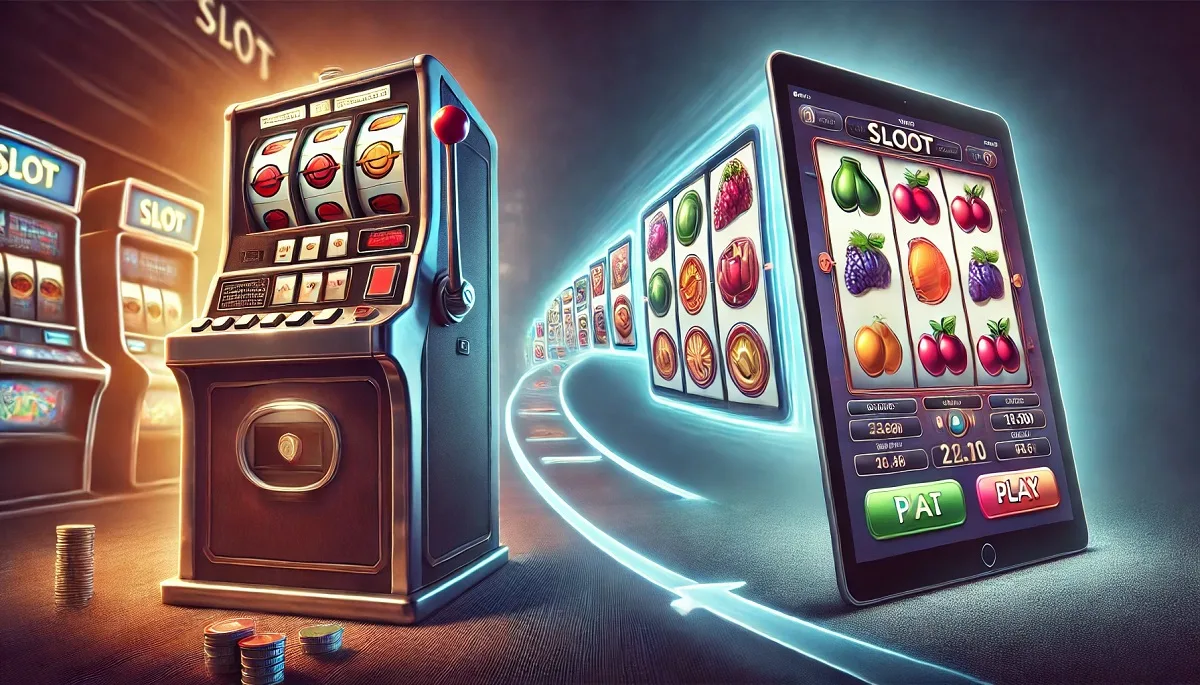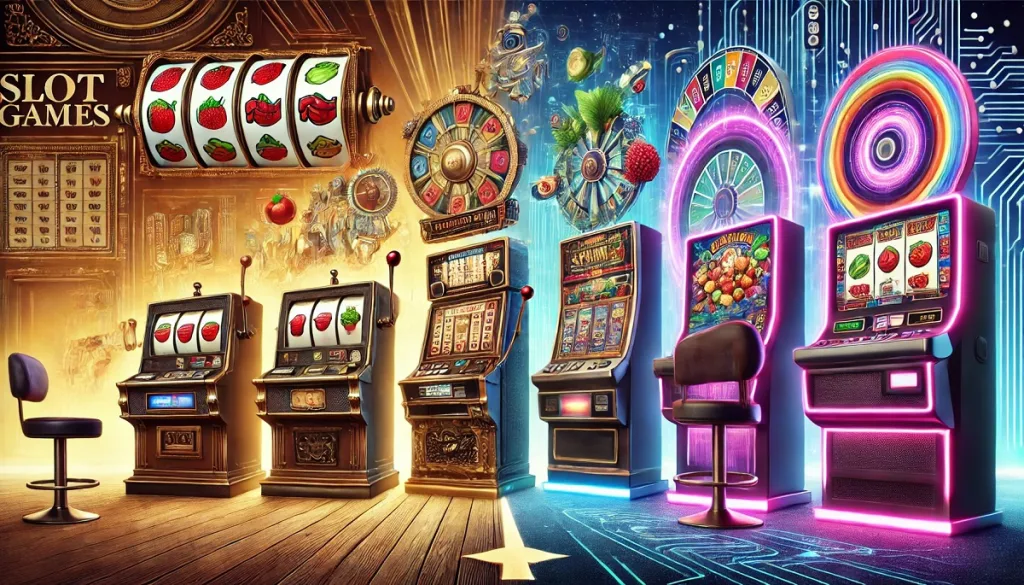
Evolution of Slot Games: From Classic Machines to Modern Innovations
Slot games have significantly evolved, shaping the casino experience as we know it today. These games have journeyed from simple mechanical devices to immersive digital experiences that captivate millions worldwide. Each era brought unique advancements, transforming slot games into a cornerstone of both physical and online casinos. This article delves into the history and innovations that have defined slot games, examining how technology and player demands have continually reshaped this beloved genre.
The Early Days: Mechanical Slot Machines
The origins of slot games date back to the late 1800s, when the first mechanical machines emerged. Known as “one-armed bandits” for their lever-operated mechanics, these early slot machines featured a straightforward design that relied on springs and gears. They became immensely popular in bars and saloons, where patrons could play a quick game for a small payout. This early model of slot gaming was relatively simple, but it laid the foundation for the more complex machines that followed.
Early slots usually had three reels and a limited number of symbols, often featuring images like horseshoes, bells, and fruits. These symbols became iconic and are still recognized in today’s slots as a nod to the game’s heritage. Wins were based on aligning matching symbols across the reels, making it a game of pure chance. Although mechanical slots offered few winning possibilities, the excitement of playing and potentially winning made these machines wildly popular among casual gamblers.
How Mechanical Slots Worked
The operation of early slot machines was purely mechanical. When a player pulled the lever, a series of gears and springs set the reels in motion. The randomness was generated by the physical stopping of the reels, which meant each spin was unpredictable. The machines were relatively simple in functionality, but their impact was significant. These early slot games set the stage for a new form of entertainment that combined gambling with an element of fun, allowing players to indulge in a game of luck with minimal skill required.
As these machines gained popularity, casino operators recognized their potential as a staple of gambling establishments. By the 20th century, slot machines had become fixtures in casinos, marking the beginning of their long-lasting relationship with gambling culture. Their appeal lay in their simplicity, accessibility, and the potential for small but exciting wins, which kept players coming back.
The Digital Revolution: Video Slots
The next major advancement in slot games came in the 1970s with the introduction of video slots. Unlike their mechanical predecessors, video slots used electronic circuits and computer software to determine the outcome of each spin. This shift from physical reels to digital screens opened up new possibilities for game developers, who were no longer limited by mechanical components. Video slots could include multiple paylines, new themes, and bonus features, offering a richer experience for players.
One of the most significant benefits of video slots was the addition of creative themes and interactive features. Developers could now explore various storylines, from ancient Egyptian adventures to modern-day heists, adding a narrative element to the gameplay. This creative freedom made video slots a popular attraction in casinos, as they offered a unique experience with every game. Moreover, video slots introduced players to special features like wild symbols, scatters, and free spins, which added layers of excitement and increased the chances of winning.
Key Features of Video Slots
Video slots brought numerous innovations that have since become standard in modern slot games. For example, multi-line paylines increased the opportunities to win, encouraging players to place higher bets. Additionally, bonus rounds allowed players to unlock special games within the slot, which often offered larger payouts or enhanced gameplay elements. Free spin features were particularly popular, as they provided additional opportunities to win without additional cost to the player.
Beyond gameplay mechanics, video slots also transformed the visual and auditory experience of slot gaming. With bright graphics, engaging animations, and custom soundtracks, video slots created a more immersive experience. This helped attract a broader audience, as the games offered a visually appealing and dynamic experience, quite different from the simple aesthetics of early mechanical slots.

Modern Innovations: Online and Mobile Slot Games
The rise of the internet revolutionized the gambling industry, bringing slot games to the online world. Online casinos allowed players to enjoy their favorite slot games from home, increasing accessibility and convenience. Developers capitalized on this by creating a vast array of online slots that catered to various preferences and play styles. These online versions retained the core aspects of video slots but were adapted to offer even more variety, with thousands of themes and features available at players’ fingertips.
In recent years, mobile technology has pushed slot gaming even further, allowing players to access games anytime, anywhere. Mobile slots are optimized for smartphones and tablets, making them accessible and enjoyable on smaller screens. The convenience of mobile gaming has made slot games one of the most popular forms of mobile entertainment, with players enjoying the freedom to spin the reels wherever they are.
What Sets Modern Slots Apart
Today’s slot games stand out for their innovative features, such as progressive jackpots that link multiple machines or games to a single prize pool, creating life-changing winning opportunities. Other popular innovations include cascading reels, which replace winning symbols with new ones to create additional chances for wins within a single spin. The use of advanced graphics, 3D animations, and even augmented reality elements has transformed slot games into cinematic experiences, offering players more than just a game of chance.
Social features like leaderboards, tournaments, and multiplayer options have also made modern slots more interactive. Players can now compete with friends or other players in real-time, adding a social dimension to the solitary slot gaming experience. This evolution reflects the shifting preferences of players who now seek not only the thrill of gambling but also entertainment, engagement, and community.
